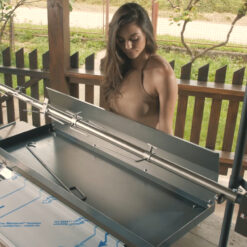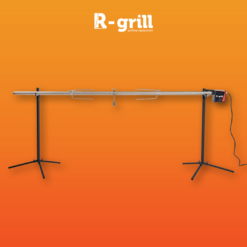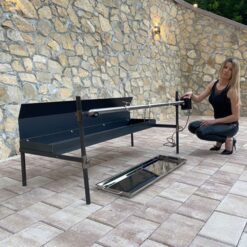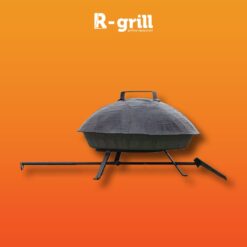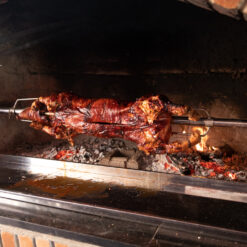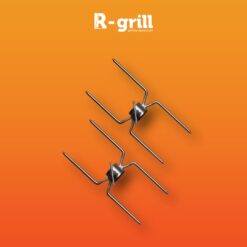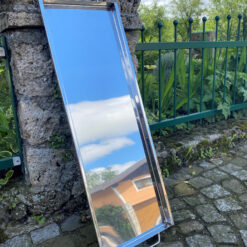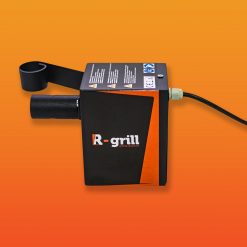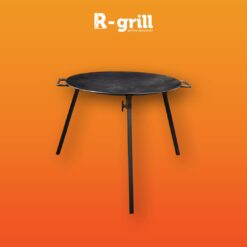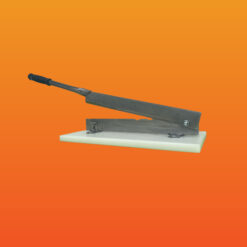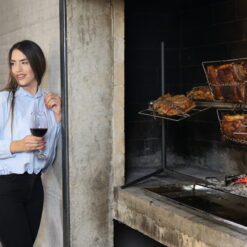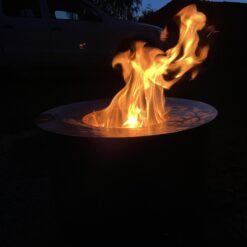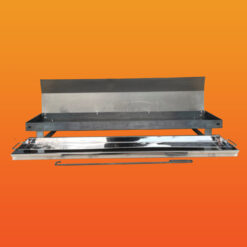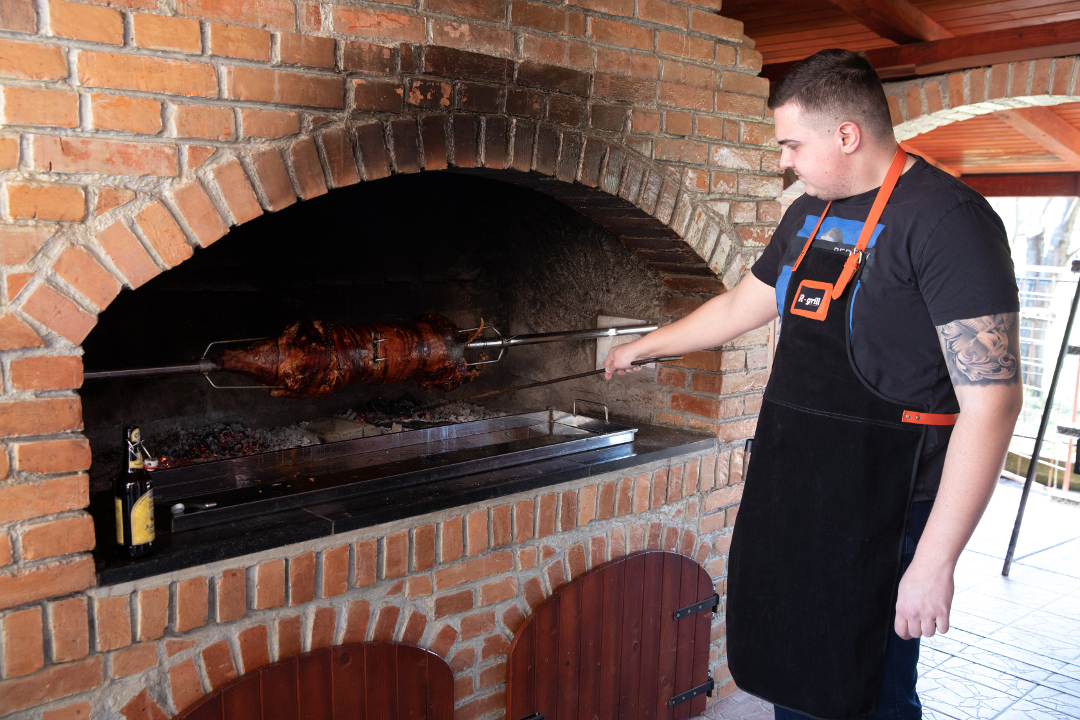
Roasting a whole pig or lamb on a spit is a traditional thing. That is the way our great ancestors used to prepare food throughout the globe, from Canada to Australia. Although we do have much to thank to the civilization technological development in general, it is not bad to return to our roots every once in a while. Just to remember who we are and who made us come this far. It was precisely our ancestors with all their spikes, spears and spits. So, let’s go back centuries ago and replace our shiny ovens with mighty steel rods.
Maybe you would like to learn how to roast a whole animal on a spit. Or, maybe you have done it before, but would like to pick up some professional advice. In both cases, it is useful to get back to basics. It is not because roasting a whole pig or a lamb is too complicated, but because it is best to avoid any initial or beginner’s mistakes. Remember, roasting a whole pig is not hard. It is fun. All it takes is some time and patience. First to read this blog and then to repeat what you have read in practice.
Roasting a whole pig is a healthy way to prepare meat. Do not spoil it by buying meat low-quality meat just because it is cheaper or you don’t have enough time to pick up the pig or lamb from a well-esteemed farm or store. Remember, you are preparing food for yourself and your loved ones. There is no point in buying anything less than perfect.
This depends on the number of people you are preparing the food for and on the length and load capacity of your spit. Just for reference, an adult will eat approximately 1 lb of raw pork, i.e. carcass per meal. But you should always count for slightly more, just to make sure. Important note – always check the load capacity of your spit roaster in advance. For example, our stainless steel XXL roaster is 75in long and has a load capacity of 125 lbs.
When you have your pig ready, the first thing you have to do is to apply the spices. Salt and pepper are used as a rule of thumb. Salt is used more extensively. You have to drizzle and rub it all over the pig, from the outside and from the inside. Pepper is applied the same way, but not in the same quantity. At this point, we have two matters to consider:
PRO TIP: If you prefer crispier skin, consider applying oil before the spices. Stick to high smoke point oil such as sunflower oil or canola. They behave best at high temperatures. Smear the oil all over from the outside and then use the spices.
If you feel brave and adventurous, consider stuffing the inside of the pig. Options are many and depend on your taste. For example, you can use onions and apples cut in large pieces and garlic to fill the whole pig from the inside.
Generally, seasoning almost completely depends on your personal preferences. Apart from pepper and salt, you can also use thyme, coriander, black peppercorns or chili. Choose the spices you like and don’t worry about the quantity. It is very difficult to exaggerate here.
The next task is to put the pig on the spit and fix it. For this you will need:
First, you have to use the spit. Put the pig on the side, its legs turned towards you. Stick the spit at the back of the pig and slide it all the way through the mouth. The pig should be centered on the spit. The next step is the brace. The function of the brace is to keep the pig attached to the spit. Firstly, you decide how many braces you will need. For reference, when roasting a whole pig of let’s say 90 lbs it is safe to use 2 braces, 7 inches apart. The procedure goes as follows:
PRO TIP: First make marks on the skin where you wish your prongs to go through. Make incisions on those marks and push the prongs from the inside.
Congratulations! You have just finished the most complicated part of the entire roasting a whole pig procedure. Let’s move on.
If you decided to stuff the pig from the inside, you have to carefully sew it. This is also done if the slit made on the pig’s torso is too long to be left untied. What does this mean and how do we check it?
PRO TIP: Check by seeing whether the sides of the torso sag too much i.e. hand open once you put the pig on the spit and lift the spit. Gravity will show you what you need to do.
All in all, you will not make a mistake if you decide to seal the hole in any case. The most important thing is that you use a food-safe wire and stitch on every inch or so.
Forks are used for additional fastening. You should put them on both sides of the spit and push them until they solidly pierce the meat from the front and the rear end. The exact locations where the forks will penetrate depend on the size of the forks and the pig. Generally, the rear fork gets to the thighs and the front fork to the shoulders. Use a screw to fasten the forks. It might become necessary to slice the cheekbones to a certain extent, to fix the fork properly. Generally, the result you are looking for is that the pig is fastened firmly and does not move around the spit at all. You are aiming for the firm and sold.
PRO TIP: Use a hammer to add the forks. Hit the base of the fork gently until it penetrates the meat to the desired extent.
Pig’s legs also need to be fastened. The simplest way to do it is to use a wire.
PRO TIP: If the front fork is between the jaws, saw the front legs to the fork. Loop around the leg and sew gently to the fork part between the pig’s mouth. Then, wrap around the head and continue to secure the second leg too in the same way.
And that is it. You have done it. Now you just have to roast.
Have a great meal and come back to our blog to learn more about meat and spit roasting.
Share:
